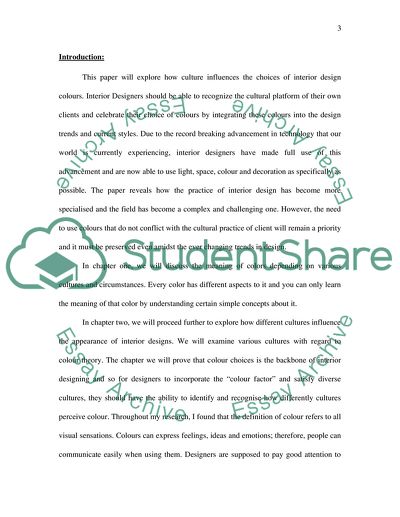Cite this document
(How Do Cultures Perceive Colours In Interior Design Research Paper, n.d.)
How Do Cultures Perceive Colours In Interior Design Research Paper. Retrieved from https://studentshare.org/culture/1676765-how-do-cultures-perceive-colours-in-interior-design
How Do Cultures Perceive Colours In Interior Design Research Paper. Retrieved from https://studentshare.org/culture/1676765-how-do-cultures-perceive-colours-in-interior-design
(How Do Cultures Perceive Colours In Interior Design Research Paper)
How Do Cultures Perceive Colours In Interior Design Research Paper. https://studentshare.org/culture/1676765-how-do-cultures-perceive-colours-in-interior-design.
How Do Cultures Perceive Colours In Interior Design Research Paper. https://studentshare.org/culture/1676765-how-do-cultures-perceive-colours-in-interior-design.
“How Do Cultures Perceive Colours In Interior Design Research Paper”. https://studentshare.org/culture/1676765-how-do-cultures-perceive-colours-in-interior-design.


